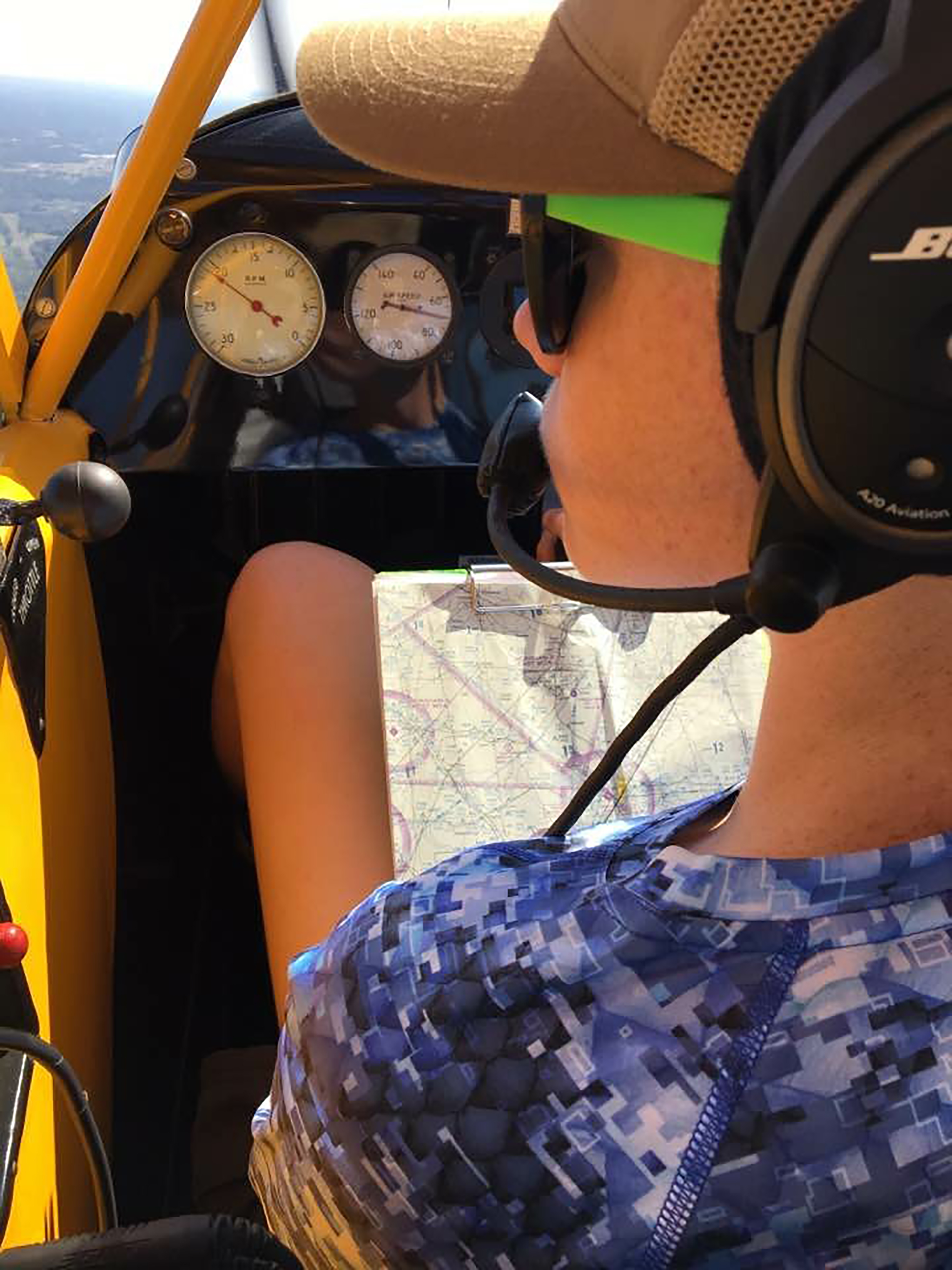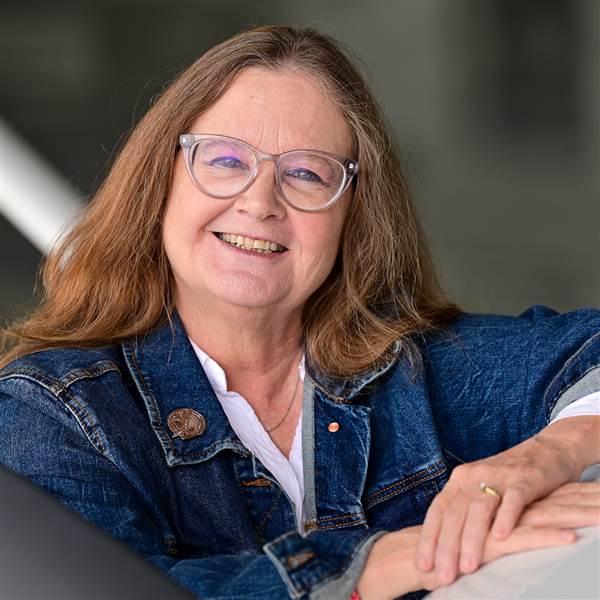A boy and his Cub
Pilot gifts treasured airplane to the next generation
This story starts with a bit of sadness—the day a pilot decided he could not fly any longer—but continues with a generous gesture and a hopeful nod to the future of aviation.
And, like many good aviation stories, it involves a Piper Cub.
He’d known Keith Carden for years, when they competed together in aerobatic competitions. Wenz also knew Carden had two young sons, one of whom was starting to show an interest in flying. Wenz offered to give Carden the Piper Cub on the conditions that it be used to teach his son Kyle to fly, and that, in time, Kyle will pass the airplane along to someone else.
“[Kyle has] two missions: to get his private ticket, and make sure he embraces a career in aviation,” said Continental Motors Director of Global Marketing Emmanuel Davidson.

Carden took possession of the Cub in 2012 and flew it from Florida to his home at Roy E. Ray Airport south of Mobile, Alabama. Kyle, who is 14, has been learning to fly in the Cub, but he can’t solo until age 16.
That should have been the end of the story, but it’s not. The tale of Kyle and the Cub picks up again this year. Phillip Grice, a “cross the taxiway” neighbor of the Cardens at Roy E. Ray Airport and an employee of Continental Motors, had an inspiration: With EAA AirVenture coming up, coinciding with the eightieth anniversary of the Piper Cub, Kyle should fly to Oshkosh in July 2017. And he should navigate the traditional way—with a sectional chart, a watch, and a compass. Grice would be the pilot in command.
Grice presented the idea to Continental, “and they were gracious enough to sponsor the trip,” he said. “They paid for the fuel and lodging.”
Kyle and Grice flew the Cub from Alabama to Wisconsin, logging about 16 hours of flying time en route, zigzagging around thunderstorms. “It was a really long flight,” Kyle said. Flying by dead reckoning was “a little confusing,” he said. “I wasn’t used to it. It was a new experience.”
The trip was a bit of an eye-opener for Grice as well. He is accustomed to landing at airports with control towers and full-service fixed-base operations. With the advent of self-serve fuel pumps, Grice and Kyle discovered that many of the rural airports they visited weren’t attended.
Landing at the big show was a highlight of the trip, Kyle said. “There’s a lot of airplanes coming behind you,” he said. “We had to speed up a little.”
The Cub went on display at the Continental booth. It is beautifully maintained and has its original Continental A-65 engine, Grice said. Kyle and Grice worked the booth for the duration of the show, but Kyle also got in some sightseeing with his family, who flew up to Wisconsin to join him.
The trip back home to Alabama took 15 hours, and this time Grice let Kyle navigate using ForeFlight on his mobile phone.
Kyle has since settled back into the routine of schoolwork and flight lessons, but he remains appreciative of the gift of a Piper Cub and the generosity of a pilot who wanted the airplane to have a special legacy. “I know I want to be a pilot when I grow up,” he said. And he’s already thinking about who should be next to learn to fly in the Cub. That might be his younger brother.




